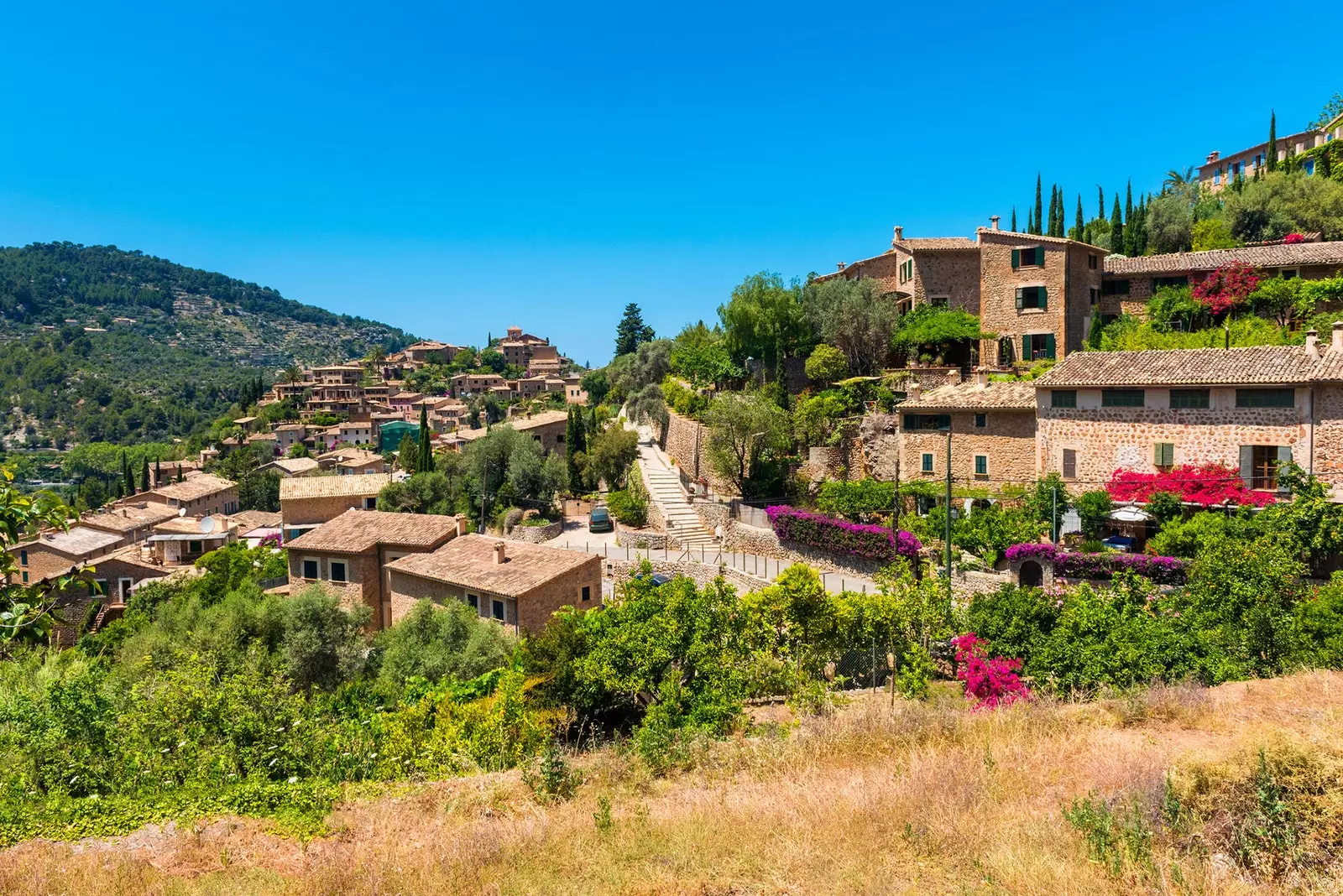
Deià, Olympus by Robert Graves
Robert Graves swapped British gray for Mediterranean blue . That chromatic alternation boosted his career as the author of great works on Greek myths and Roman emperors. In Deià, a Majorcan municipality located in the Sierra de la Tramontana, he found his own Olympus . A patio of orange trees, a farm with olive trees and views of the Ulises sea were his greatest inspiration.
Here he raised the house where he developed an international literary success and raised four of his children. One of them, William Graves, is currently responsible for the building, which has been converted into a state museum since 2006. . Visiting it means discovering a privileged corner of the island and sniffing at the intimacy of the creator of 'Yo, Claudio' or 'The White Goddess'.
But first you need to get there. The difficult thing is not finding the path (just ask or mark it in the browser) but resisting the charms of the landscape. Avoid the hypnotism of the hills, the crystalline horizon, the evocation of its coves or the terraces rocked by the zephyr.
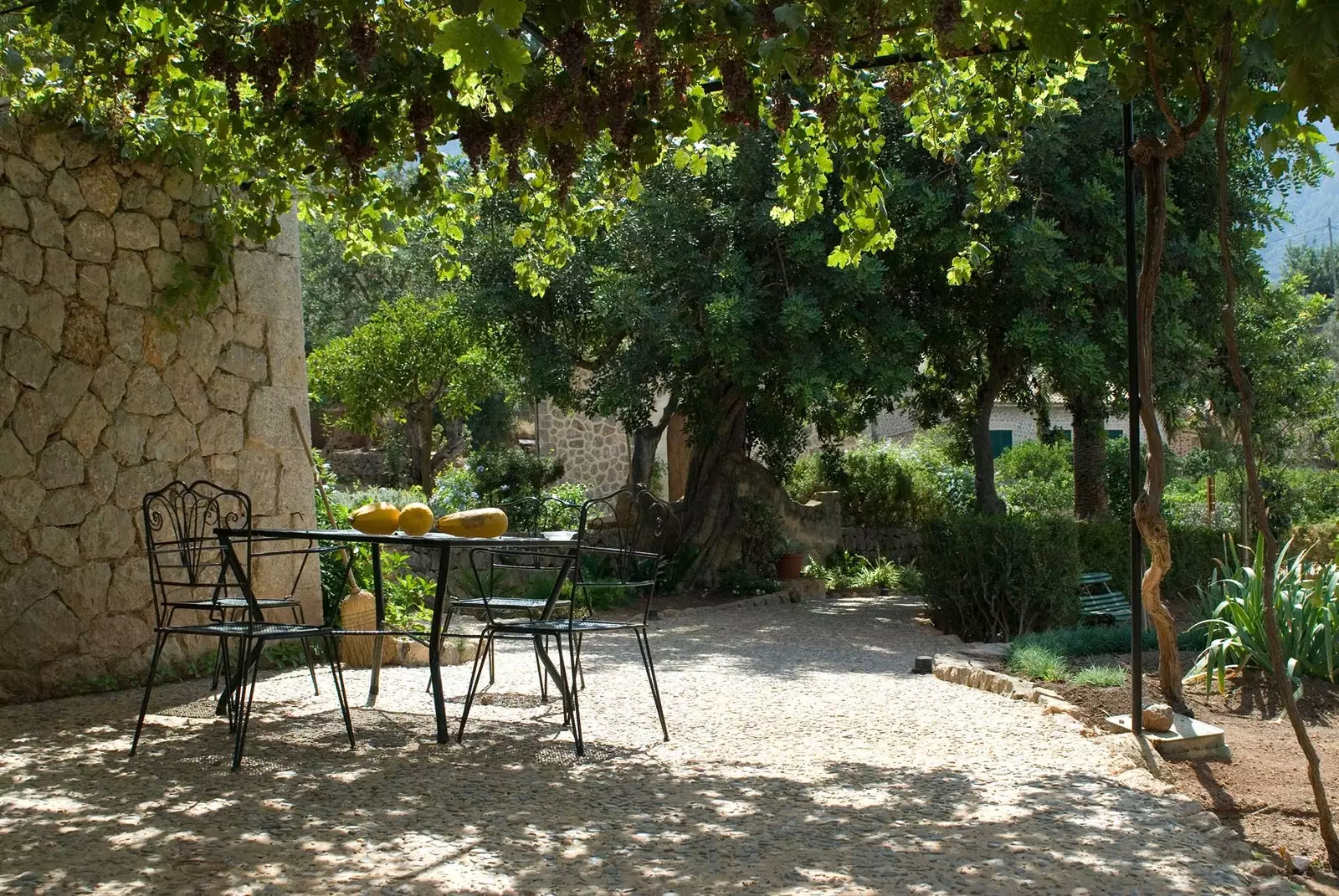
The Spanish hideout of the British writer became a museum in 2006.
The entire Mallorcan ensemble invites you to calm contemplation, the ancestral trade of agriculture and supernatural rites . Legends of gods could arise in each of its corners: those who built their kingdom in ancient Greece would have here the perfect setting for their exploits.
Robert Graves lived there for much of the last century . It was the American writer Gertrude Stein, based in France, who told him about this Balearic jewel. The year was 1929 and Graves (London, 1895) had already been through the First World War as a soldier, at Oxford University as a student and at Cairo University as a professor. Besides, he had made his forays into the field of letters thanks to a couple of volumes of poems and the one translated as 'Fairies and riflemen' , from 1917.
Being part of the English literary scene, he met Laura Riding, an American poet, with whom he set up a publishing house in the late 1920s. The outcome those same days of his marriage to Nancy and his approach to Riding meant the shelving of his homeland, which he captured in 'Goodbye to all this' (1929).
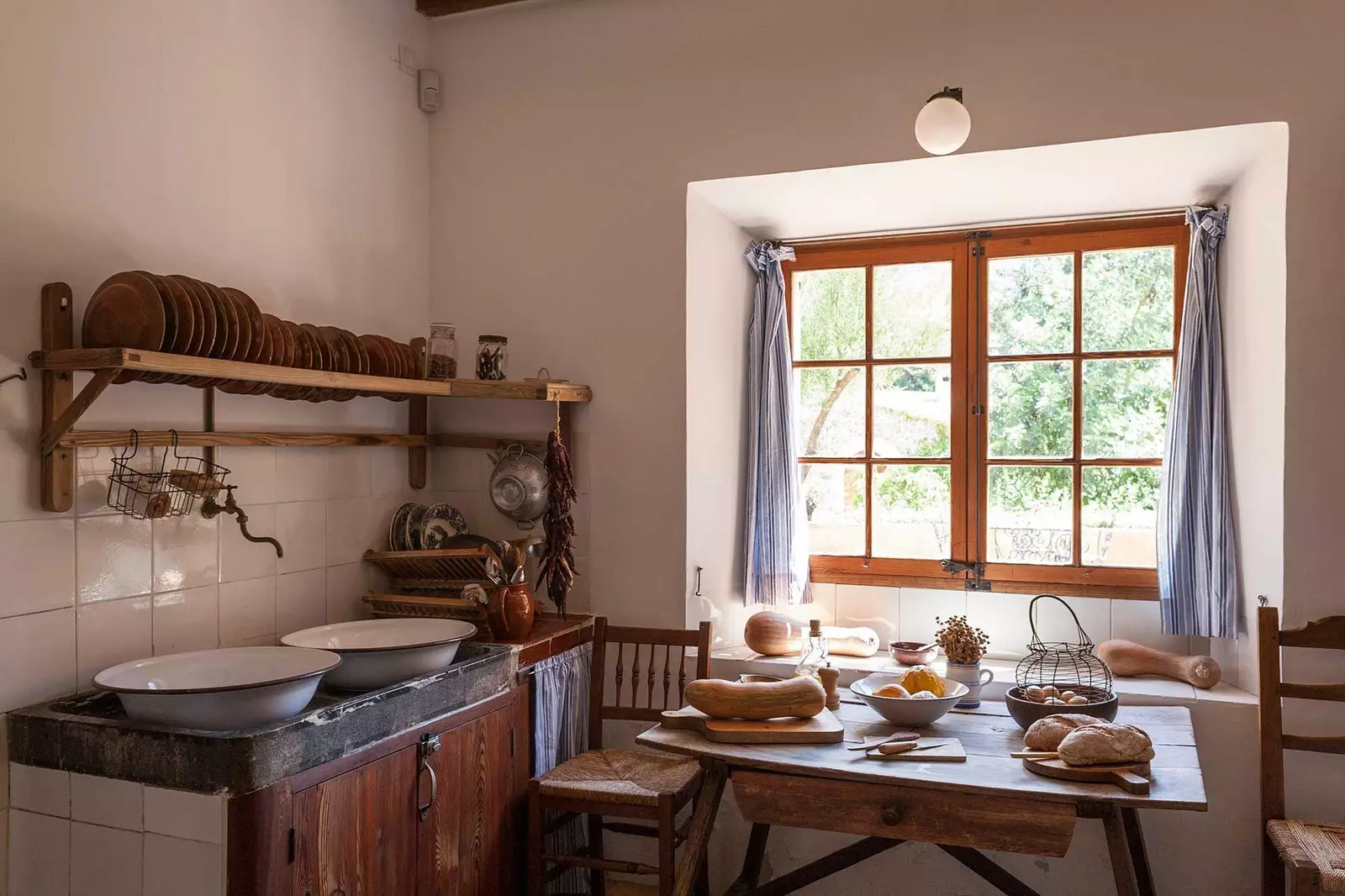
The Mallorcan landscape inspired many of Robert Graves' stories.
He landed, in this way, in a town full of sun and orchard. The mountains conquered him, flowing into the salt water of the Romans and rural customs. In Deià, according to his son William, Robert Graves saw “something magnetic, a particular energy”. Although his offspring, a geologist by training, denies these qualities of "the stones", he does point to an indisputable boost in his role as a mythographer: "He was already making verses, but he gave the touch of fable and irony to his works on historical figures" , he argues.
He went from a poetry of initiation, focused on vicissitudes of war or youth, to a self-absorption towards classical culture. "He studied documents and writings by different authors, researching in libraries," says William. He thus builds 'I, Claudio', about the Roman emperor, in 1934.
First approach to fame, interrupted by the Civil War. In 1936, the climate of instability forced him to go to England again, leaving his Majorcan dwelling fallow. Exile lasts until 1946 , ended the Spanish conflict and the Second World War, to which he could not enlist due to his age. Having gone through an affair with Riding that ended in emotional catastrophe, he fell in love with Beryl, with whom he had four other children (William among them) and moved permanently to Deià.
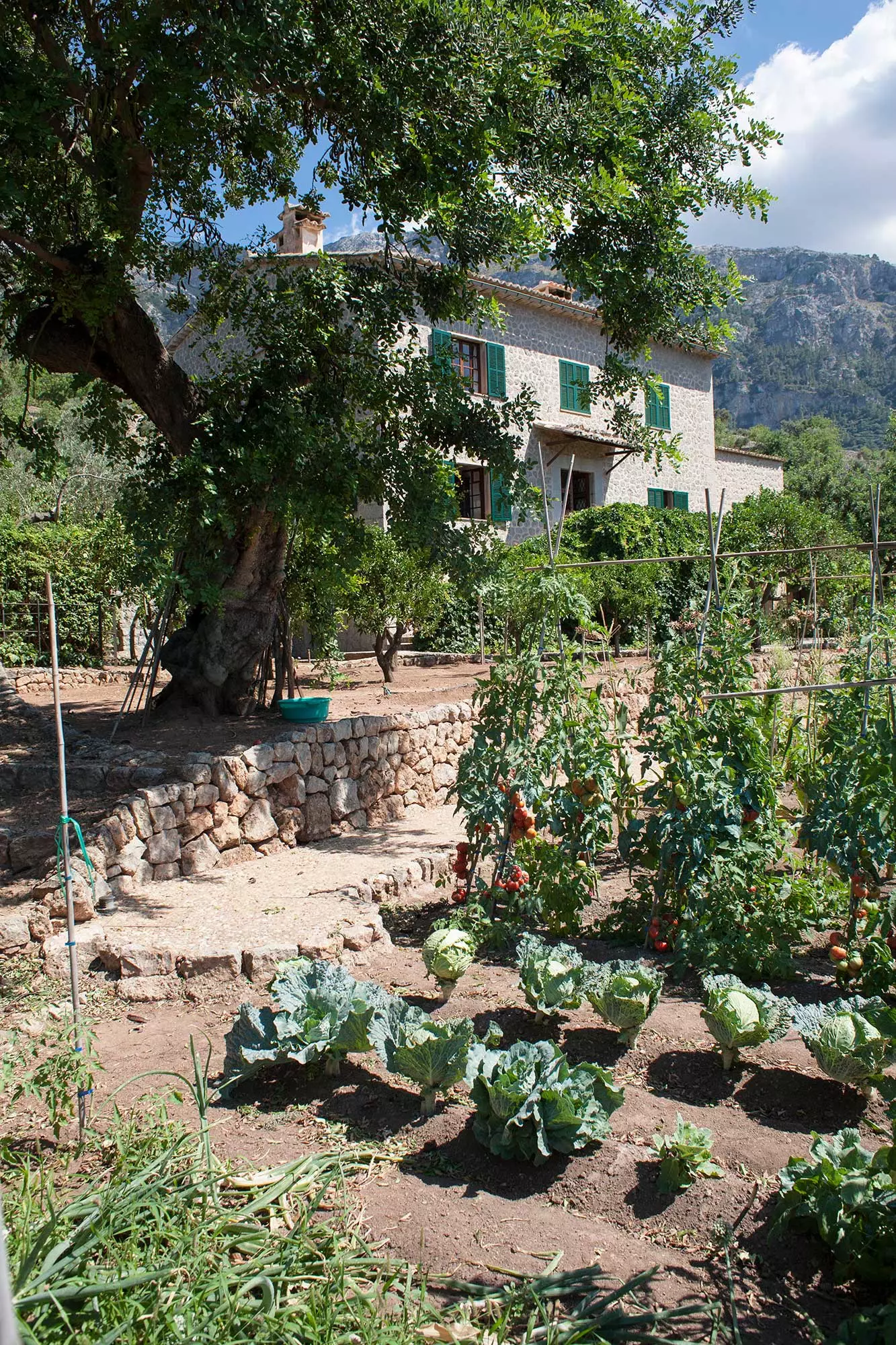
In Deià, according to his son William, Robert Graves saw "something magnetic, a particular energy".
From this period is the result of the museum. Crossing the entrance means slipping through an auditorium with an introductory video, through views of the garden and through its different rooms . In each one we can sniff his intimacies: from the studies dedicated to his writing and his wife's, to the kitchen or the guest room.
Adapted for the disabled and with air conditioning, the furniture is the original: the table with some erasers, a record player with vinyl, the old printing press with which he started in the role of editor. "We receive about 6,000 visitors a year, counting the school excursions," calculates William, who also directs the Robert Graves Foundation, with biennials in Oxford and Palma on his figure.
The eventual economic returns and the popularity of 'Yo, Claudio' (which would have theatrical adaptations and television series) allowed him to freely exercise his profession. And Robert Graves did not give up his investigation of Antiquity. He published essays such as 'The Greek Myths', 'The White Goddess' or 'Gods and Myths of Ancient Greece' , considered indispensable reference manuals today, and novels such as 'The Golden Fleece' or 'The son of Homer'.
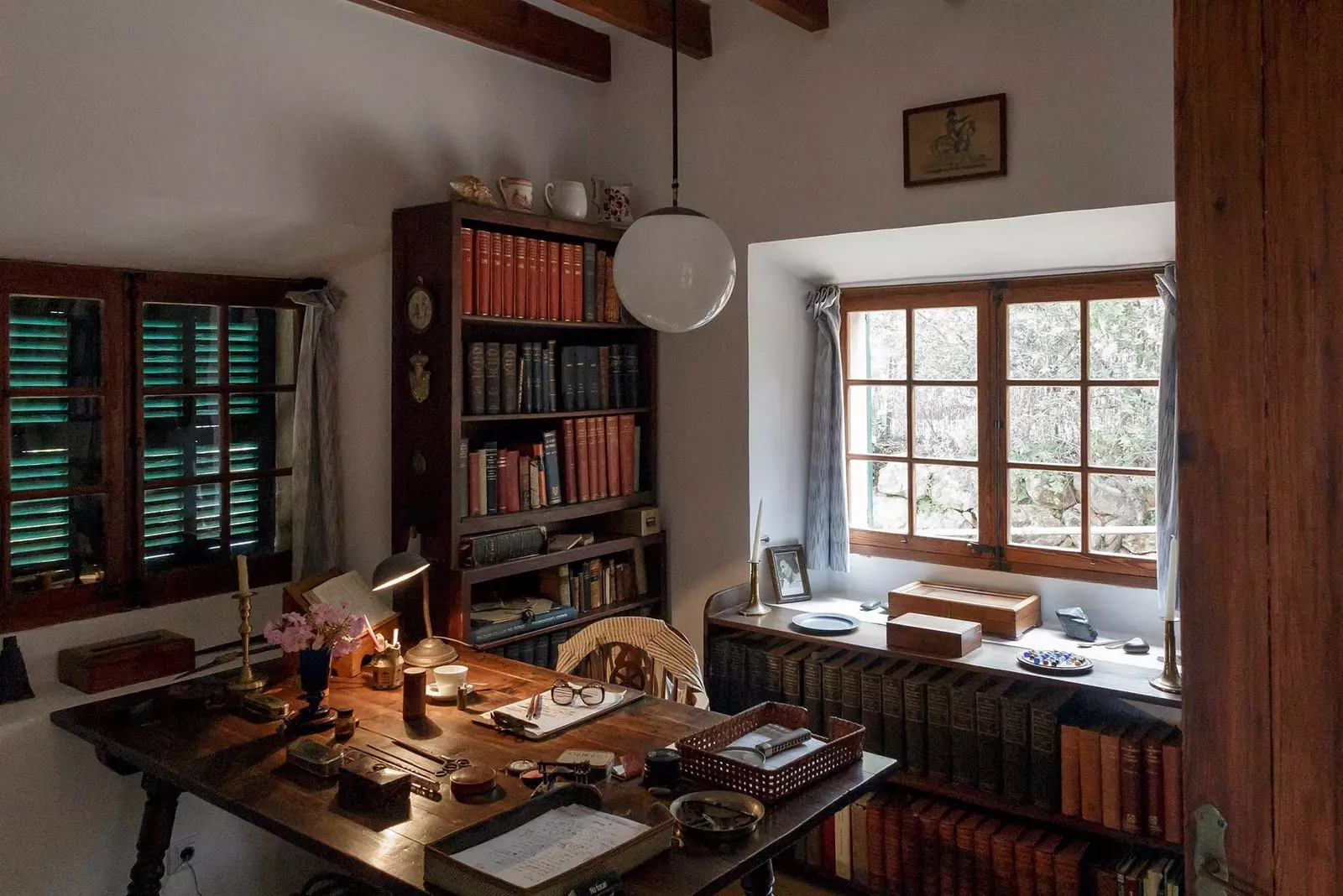
Robert Graves' drafts are still intact in his house.
This bibliography brought him closer to the Nobel Prize -for which he was nominated in 1962 together with Lawrence Durrell and John Steinbeck, who finally won-, but also to the entertainment of the time: At 78 years old, William still remembers the bustle of celebrities around the house, with the passage of writers like Kingsley Amis or actresses like Ava Gardner. "He stirred up the cultural life of the town, but in reality what he was most taken into account for was for putting in electricity," he laughs, explaining how even the Francoist minister Manuel Fraga mediated to facilitate some bureaucratic procedure.
Graves improved the services of the town and left a mark that still lasts. The tour of the museum can be completed with a walk to his grave, in the local cemetery, and to the municipal library, named after his daughter Joan. “My father died in 1985, but my mother Beryl stayed on for 18 more years and then we started to build what we have now”, summarizes William. "The name of Robert Graves lives on throughout the world because of the permanence of his work," he adds, reeling off his multiple translations.
A production influenced by that eternal Mediterranean, sea of gods and legends. Going to Deià certifies it, unless the traffic jams and the hustle and bustle of certain months make it more of a replica of Tartarus than of Olympus.
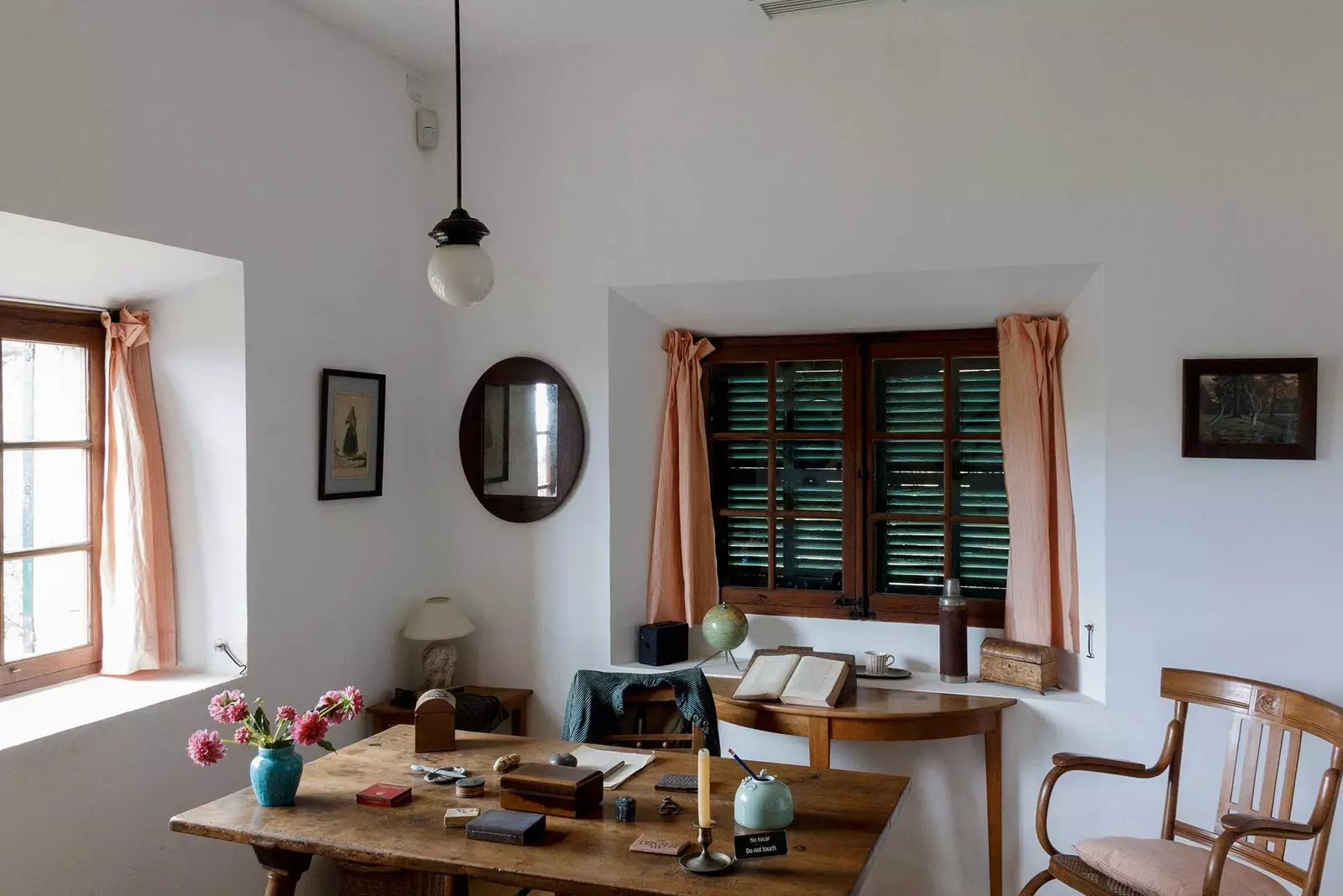
The tour of the museum is a piece of the life and inspiration of this well-known British poet.
